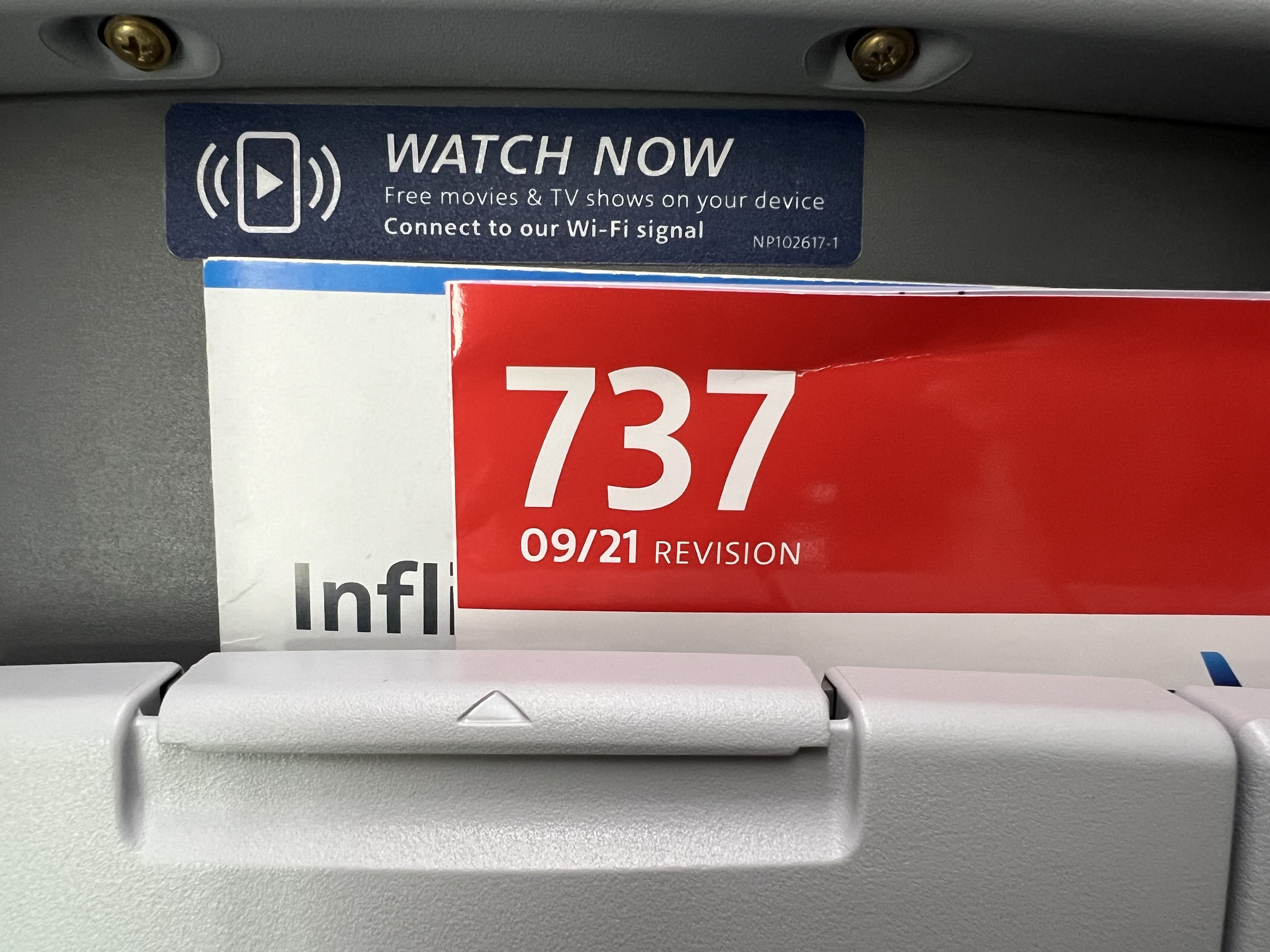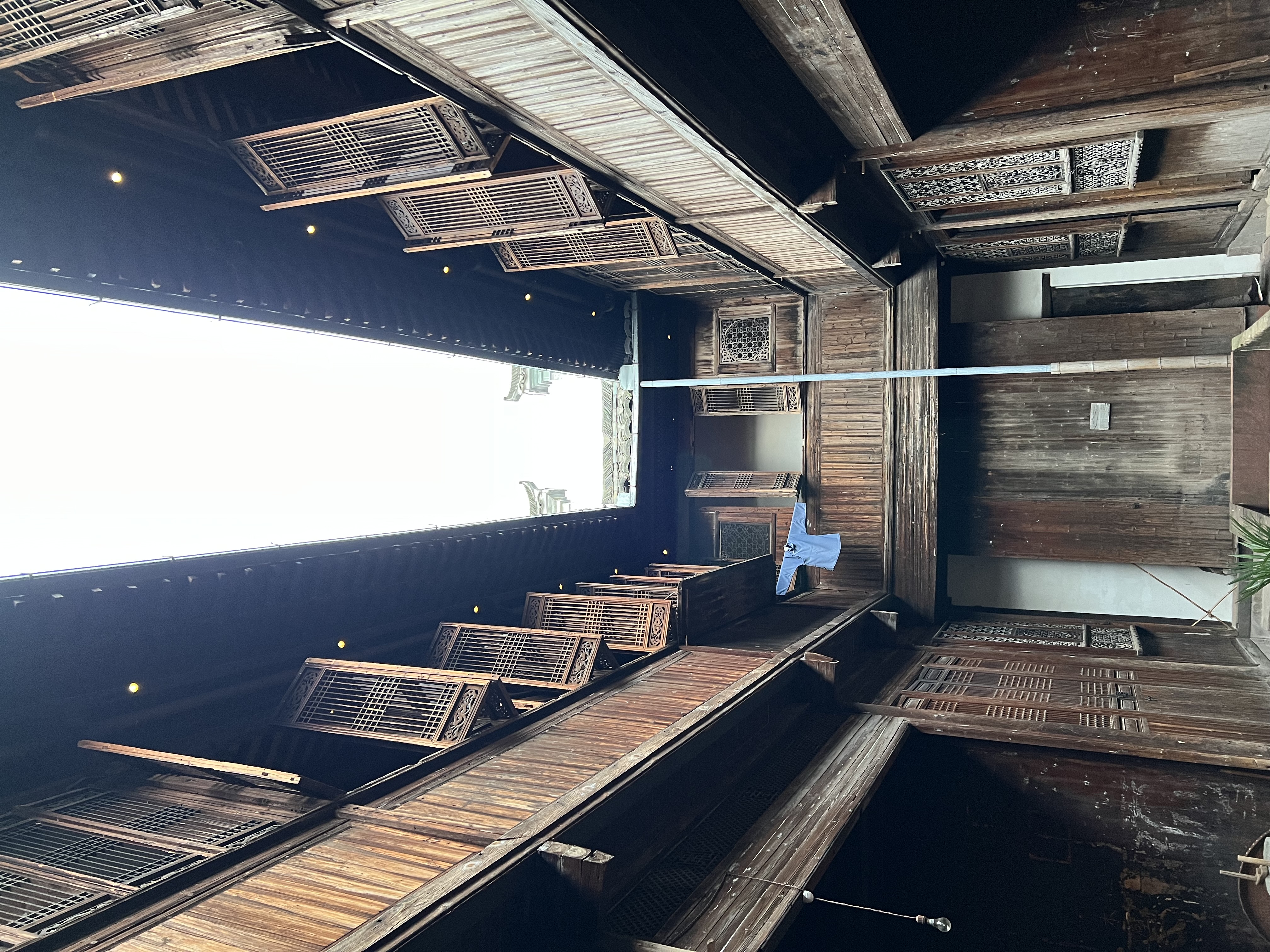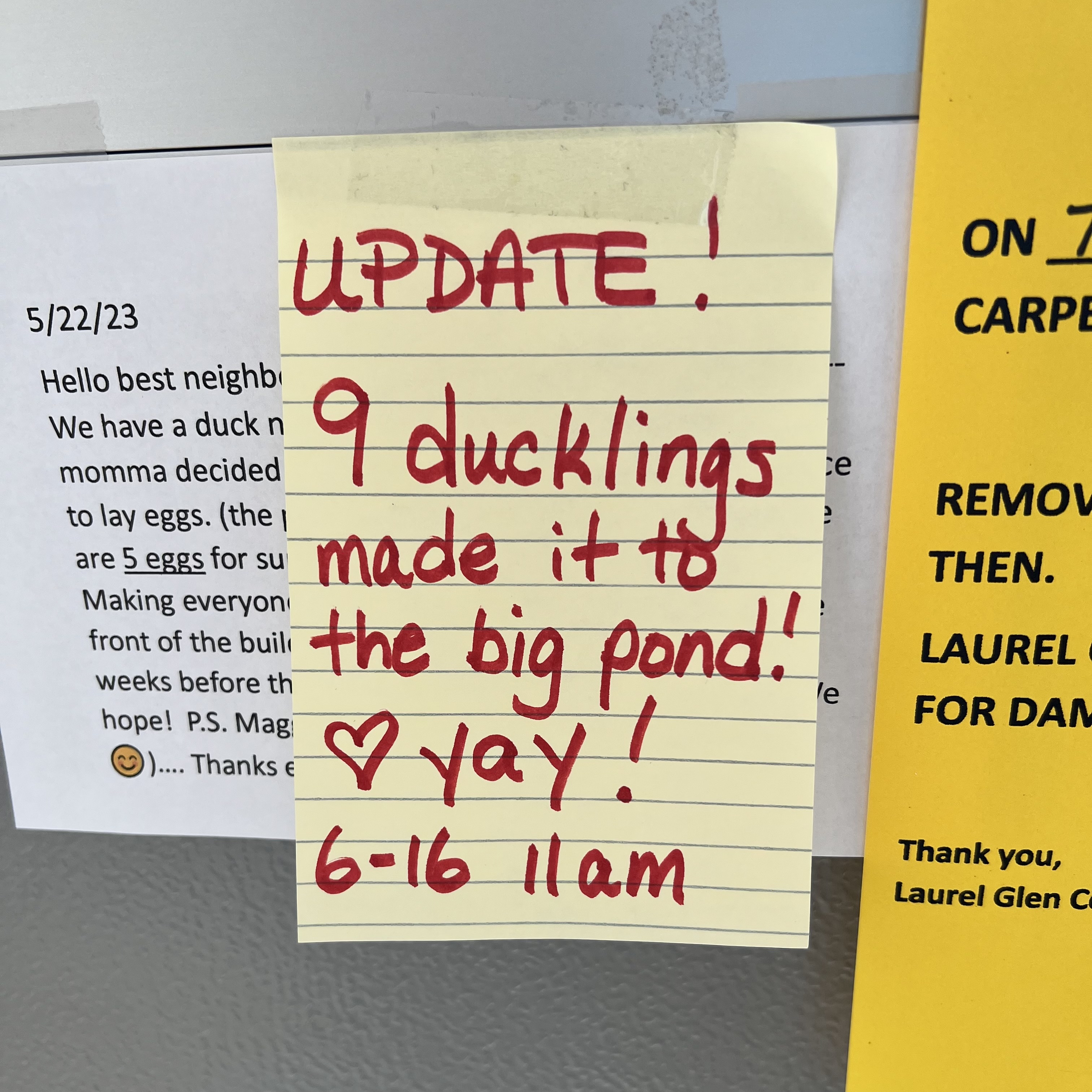catching up
Hi, friends. Still here. It’s been a busy spring, and while I’d like to use that as my excuse for being one poor correspondent for these last few months, the reality is that I had time to write, and even things to write about. What I didn’t have was the energy. And it’s not just this; all my creative efforts have been quagmired. Other than specific preparation for a recent gig, I haven’t picked up my guitar a lot. Haven’t touched a piano, haven’t spent much time with a camera. And the paints and canvas and easel I bought when I had a brief inkling that I may take up visual art, well. They’re probably already a quarter-inch deep in basement dust.
There are a lot of different internal pathologies at play here, and I’m not quite ready to open up all those veins and spill the details. You’d probably feel like that was TMI anyway. So I’m just going to try to punch through this shrink wrap around my brain tonight with a few little items I’ve accumulated, and hope that it starts things flowing again. Usually the only way out is through, right?
max

sins of omission
I’m writing this1 from seat 18A on American Airlines flight 1033 from Chicago to Boston. Notice anything missing from the instruction card pictured here? You might not if you don’t fly a lot, so I’ll fill you in: there are probably a dozen models of Boeing 737’s in service right now, and they all have slightly different layouts and emergency exit paths. On every other flight I can recall over the last decade, the card in the seat back before you will tell you exactly which model of 737 you’re on, right up front.
Unless, apparently, you’re on a 737-800 MAX 8. You remember the MAX, I bet. Two of them crashed horrifically not long ago and not long apart, exposing a terrible flaw in Boeing’s software, and a terrible user experience for the human pilots who had to disable the autopilot to regain control of the craft. (It was surely a quite terrible user experience for those passengers and crew, too.) The entire fleet of them was grounded globally for a year and a half while Boeing scrambled to patch the software and to update their pilot training materials. And to end up paying over $2.5 billion in fines and lawsuits to the governments and families of the 346 souls lost to poor engineering discipline.
I don’t know how closely the flying public follows these things, and I’m not sure how many folks remember the details of this massive news story from just a few years ago. Clearly American is betting most of their customers won’t, and their dishonest and incomplete inflight graphics reflect just that.
name once known

the Yin Yu Tang house, which has nothing to do with the anecdote below, except being from the same museum
I had the privilege of exploring the Peabody Essex Museum in Salem, MA not long ago. It’s a natural history and art museum with a principal focus on the colonial era, as you’d expect in that region. Did you know that Salem was for a time the largest port in North America? And that the new world’s first millionaire, a shipping magnate, lived there? Capitalism! The museum didn’t cover a lot of the Salem witch trial stuff, leaving that for the dozens of kitschy little shops around town, which the locals apparently loathe for the crowds they attract, like flies, to their quaint hamlet each October. I can see it.
The PEM had a particularly moving display featuring the art of people indigenous to the area. We’re all familiar with the little cards next to museum works that tell us something about the artist, and the work, and the era in which it was created. Often, to describe pieces from antiquity, the curators would denote the artist with something like “Artist Unknown” on these cards, or just omit the creator entirely. The PEM, and I presume other progressively minded institutions, takes a different tack. I’ll quote from a poster in this wing, prominent at the entrance, emphasis is in the original:
Naming
Museums have long collected and displayed historical Native American objects without identifying individual makers, and have instead emphasized tribal affiliations, functional uses, and geographic regions. In our labels we are using the phrase “name once known” to recognize and restore the individual humanity of Native artists whose names cannot be recovered. This shift in approach is a direct response to outdated and dehumanizing museum practices of the past.
How lovely, and how apt. These humans had names, they were loved, they were known and valued in their communities, and it seems the very least we can do as we display their work on land we appropriated from their descendants is to acknowledge this most basic bit of their humanity. This matters.
Later, as I walked around the museum, mostly alone with my thoughts—a terrible state to be in, I assure you—I had another realization: they’re way ahead of this. Someday, maybe not too far off in human timescales, certainly not too far off in the timescales in which the universe herself traffics, none of our names are going to be known, either.
ducky

breaking duck news
I’ve been spending a lot more time than usual out at my dad’s condo. He’s OK, as it goes, but it’s part of the normal trajectory with folks who achieve a certain age. If you know, you know. Out there on Laurel Glen Court, I have been following with keen interest a story that Dad’s neighbor across the hall has been sharing via notes she tapes up near the mailboxes by the front door. A mother duck had laid her eggs in a planter on Dad’s neighbor’s first floor patio, not far from the main entrance, and the neighbor was asking the other residents of that building to be mindful when coming and going so as not to spook the expectant mama or her hatchlings.
I was delighted to find the above note this past weekend. I walked over to the pond to see if I could find the little fuzzy darlings, but I couldn’t. The pond is fairly big and I was too lazy to make my way up to the north end, and, honestly, I didn’t want to find out for sure that they weren’t there at all. Of course mama duck could have taken them to one of the other ponds on the property, or wherever. Or, you know, maybe something else happened. Why did the duck and her brood cross the road? Better not to know; better to celebrate those new babies, fledged from a planter in an otherwise fairly desolate suburban subdivision, hopefully finding their way around their little corner of this ludicrous, teeming space rock they share with us.
-
and surely publishing it much later when I get to my hotel, for technical reasons way too boring to explore here. ↩︎
